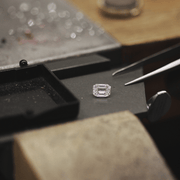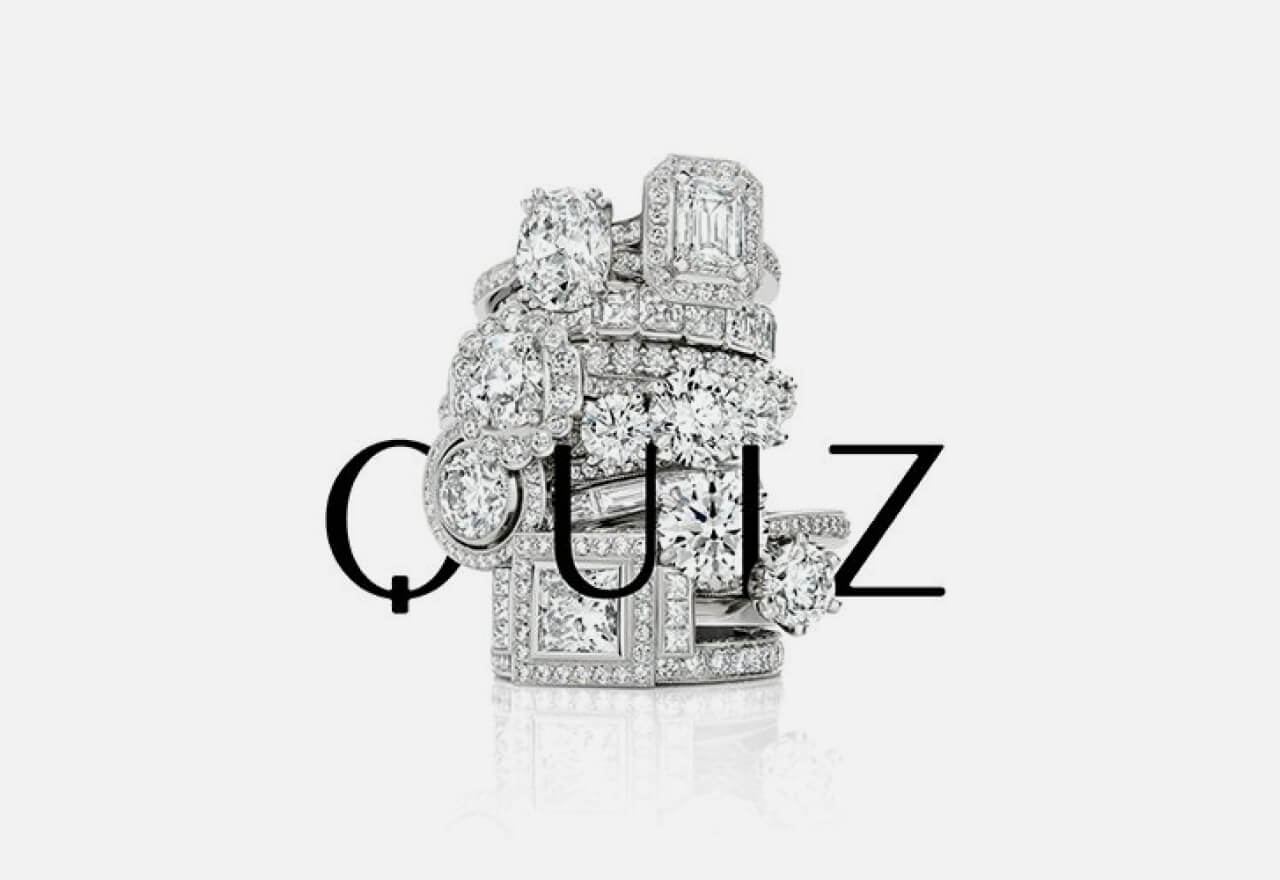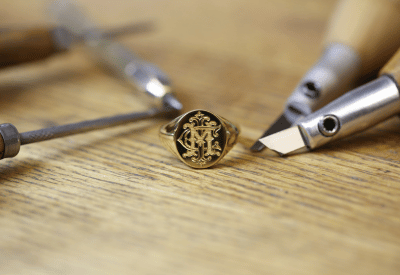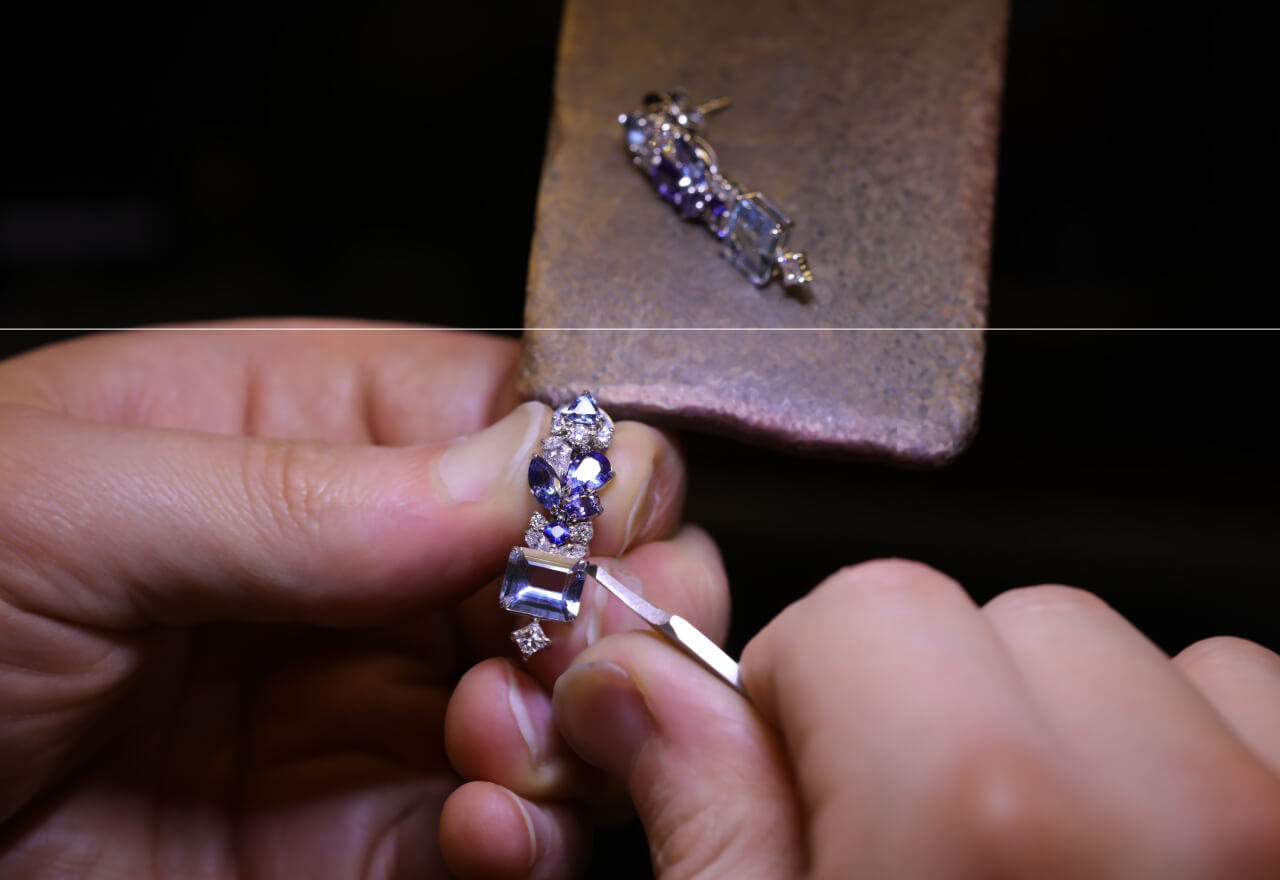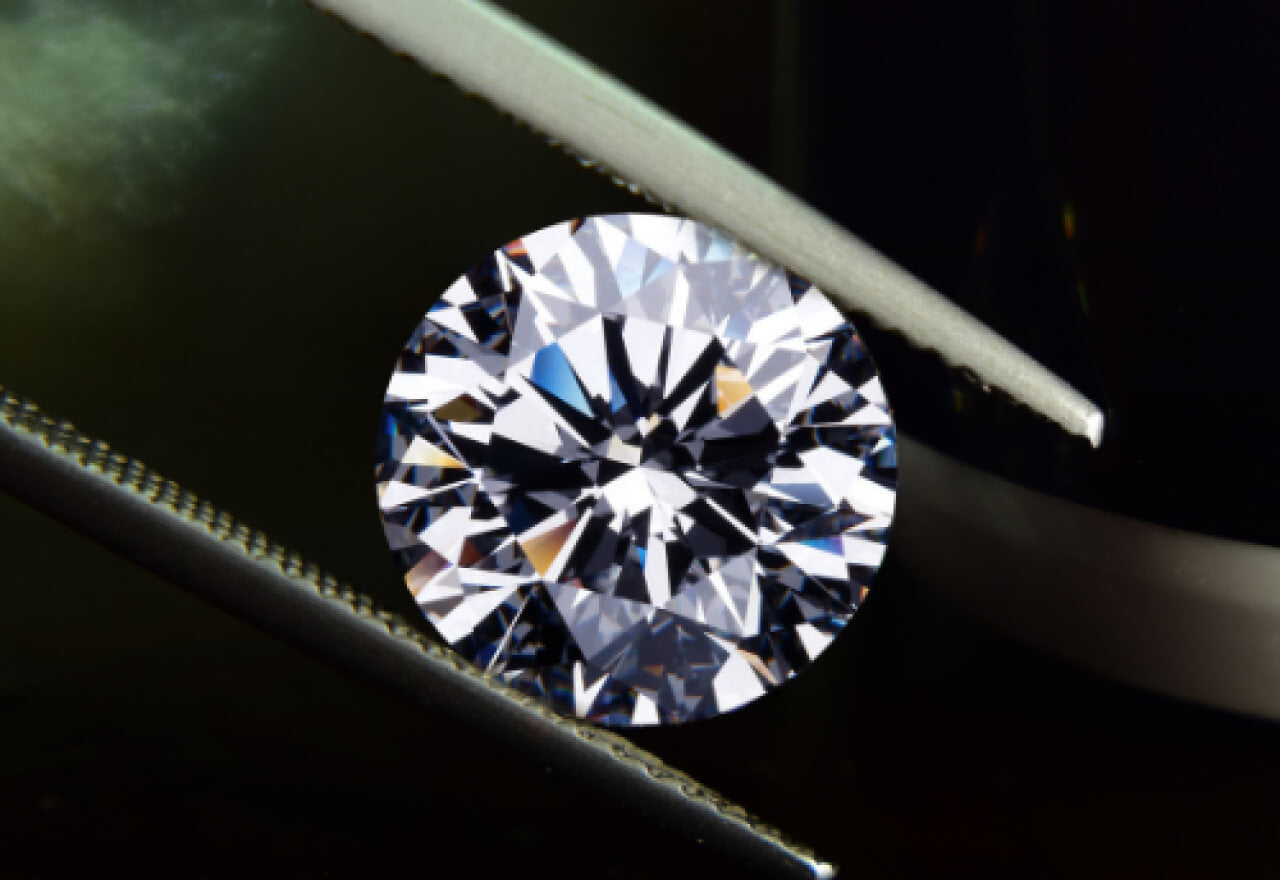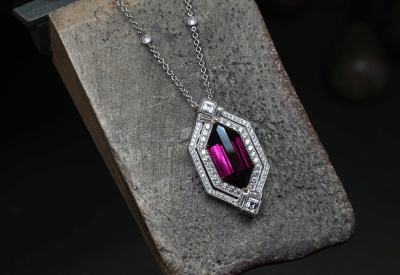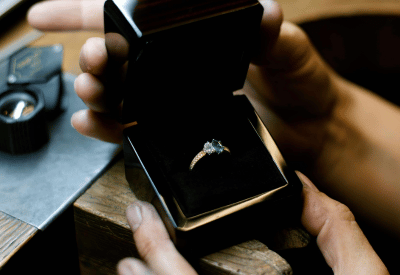When considering the number and size of imperfections that can occur in all diamonds, clarity is considered the easiest to understand of the four C’s. Put simply, clarity refers to the natural imperfections that occur in all but the absolute finest of diamonds.
Formed deep within the earth by extreme heat and pressure, diamonds contain what are referred to as ‘birthmarks’. Imperfections inside the diamond are called inclusions and those on the surface are called blemishes. Diamond clarity refers to the degree to which these imperfections exist – the less birthmarks, the higher the clarity, and the rarer and more valuable the diamond.
As most diamonds have birthmarks, every diamond is unique. When cutting diamonds, professionals try to ensure the inclusions are not visible, but rather are deep within the diamond so they are harder to see.
THE SCALE
Clarity is measured according to the GIA Clarity Scale.
- Flawless (FL) – No inclusions or blemishes are visible using 10x magnification. These diamonds are extremely rare. Less than 1 in 5000 jewellery-quality diamonds are classified as flawless.
- Internally flawless (IF) – Blemishes are visible using 10x magnification, but no inclusions are. Again, these diamonds are extremely rare; less than three per cent of jewellery-quality diamonds are rated as internally flawless.
- Very, very slightly included (VVSI1 and VVSI2) – Inclusions are there but they are difficult to spot, even by a skilled grader using 10x magnification. VVS1 inclusions are visible from the pavilion of the diamond; VVS2 inclusions are visible from the crown. In both situations, the inclusions are invisible to the naked eye.
- Very slightly included (VSI1 and VSI2) – Inclusions are clearly visible but only under 10x magnification. They are invisible to the naked eye. While there, the inclusions are characterised as only minor.
- Slightly included (SI1 and SI2) – In the case of SI1, flaws are generally invisible to the naked eye, whereas SI2 inclusions can be visible under close inspection by a skilled grader.
- Included (I1, I2 and I3) – Inclusions are almost always visible to the naked eye in these diamonds. The clarity is quite low, impacting the transparency and brilliance of the diamond.
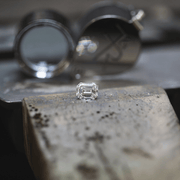
THE DIAMOND PLOT
The Gemological Institute of America uses a diamond plot to map a diamond’s flaws, both interior and exterior. This is because a photograph cannot capture birthmarks, nor the other subtleties involved. The map shows only those flaws that impact the clarity grade, in visual form.
It’s important to note that while the type and position of each flaw is shown in the plot map, their visibility is what’s reflected in the clarity grade. So while two diamonds may have the same flaws, in very similar positions, their grades may be different because the flaws are more visible in one than the other.
It’s also important to remember that the plot may not indicate the severity of the flaws. While a plot map may be considered relatively ‘clean’, because only one or two flaws are noted, these flaws may be so severe that a lower clarity rating is made. Conversely, a cluttered plot may not result in a low clarity grade. The diamond may, in fact, be considered VVS1 or higher because the flaws are not severe enough to be seen.
The plot of the diamond, and any other clarity characteristics, are noted on its certificate.
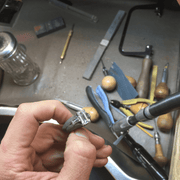
COMMON TERMS USED WHEN DESCRIBING DIAMONDS
When it comes to inclusions and blemishes, it’s helpful to understand the common terms used on a diamond plot. GIA distinguishes between internal inclusions and external blemishes using red and green respectively.
INTERNAL INCLUSIONS (RED)
- Crystal – A mineral deposit, either alone or in groups. Can be coloured or colourless, but usually appears black when inspected in overhead lighting.
- Pinpoint – Very small crystal, whitish in colour. The pinpoints can form a cloud if clustered together.
- Cloud – Grouping of pinpoint inclusions. In cloud-form, the pinpoint inclusions are easier to spot under 10x magnification.
- Chip – Often created during cutting the diamond, they describe a shallow nick in the diamond’s surface.
- Bruise – A chip that may include root-like feathers radiating into the diamond.
- Feather – A fracture in the diamond that has fine lines radiating from it. Often resembles a feather. Usually appear white or transparent, depending on the angle of view.
- Needle – Very fine, elongated inclusion. Similar in appearance to a feather but without any radiating lines.
- Twinning wisp – A ribbon of pinpoints or clouds. Twinning wisps are caused by natural distortions created during the diamond’s growth.

EXTERNAL BLEMISHES (GREEN)
- Natural – Small remains, left unpolished, on the original diamond’s rough surface.
BOTH INCLUSIONS AND BLEMISHES (RED AND GREEN)
- Cavity – Usually the result of a natural flaw in the rough stone, they are an opening or depression in the surface of the diamond.
- Indented natural – A natural flaw that leaves a depression or indentation in the diamond’s surface.
ADDITIONAL TERMS (GREY)
- Extra facet – Any facet that is not part of the standard cut. An extra facet is generally created by the cutter due to a flaw in the original rough stone.
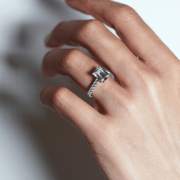
WHAT TO CONSIDER WHY BUYING A DIAMOND
When it comes to choosing your diamond according to clarity, the most popular range is the VSI2/SI1 diamond because they appear flawless to the naked eye and are much cheaper than the grades above.
Following this, SI2 diamonds are also popular, as the inclusions are generally not significant enough to heavily impact the appearance of the diamond. It’s common for consumers to sacrifice clarity and opt for an SI2 grade and spend more on a higher cut or colour grade.
A good tip to remember is the larger the diamond, the easier the imperfections are to detect. In other words, the higher the carat, the more important clarity becomes.
